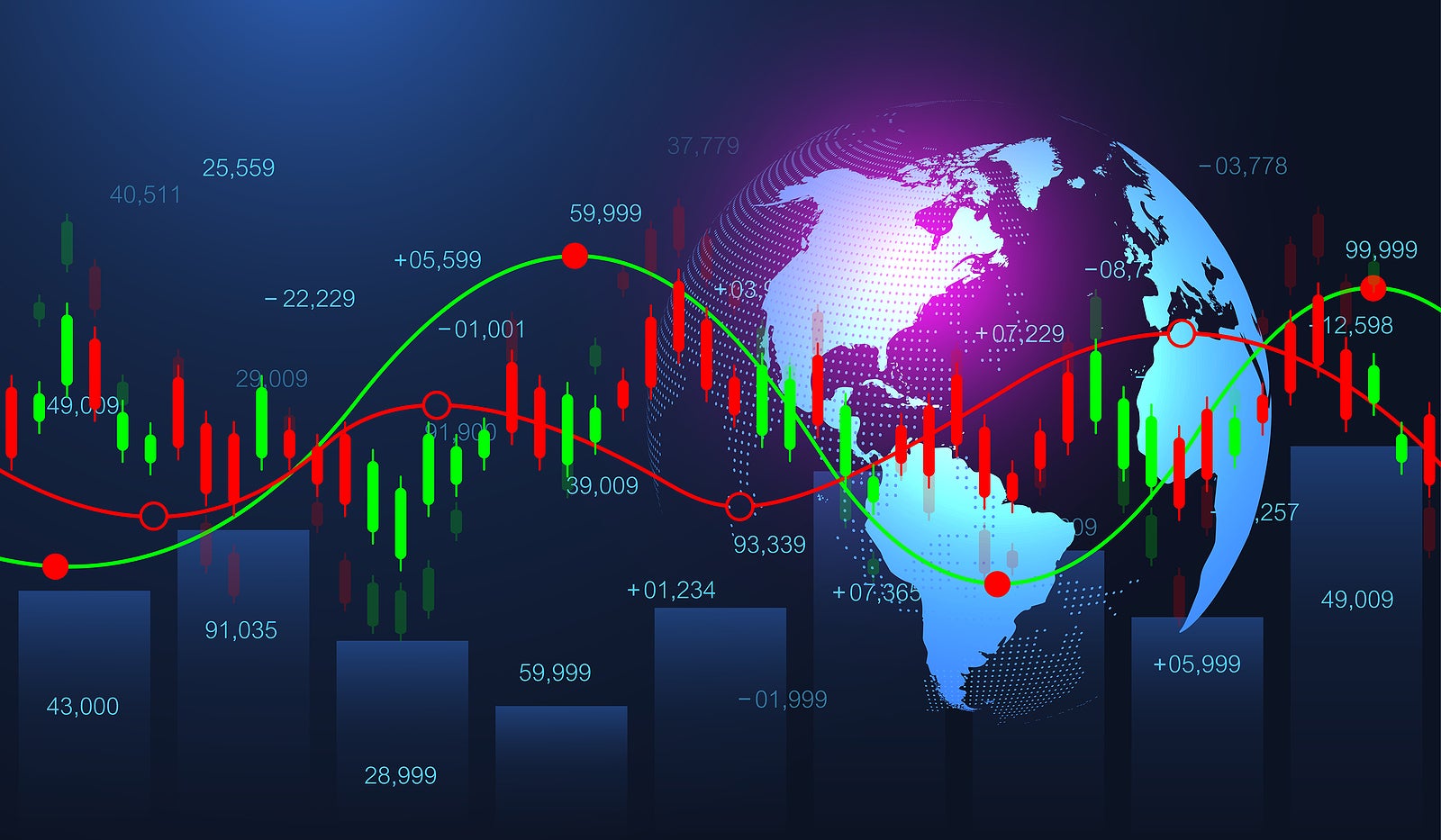
Are you interested in trading stocks and Forex? If so, what are the key differences between these two markets? You’ve come to the right place. In this article, we’ll discuss all the critical distinctions between stock and Forex trading industries, including their liquidity risk profile, leverage rules, fees charged by brokers and definition of winners or losers.
We’ll compare each market’s advantages and disadvantages to help you decide which could offer greater returns for your portfolio. Read on to discover how the varying approaches of both stock and Forex trading affect market conditions such as volatility levels, price discovery process – plus much more.
Defining Stock and Forex Trading
Stock trading and forex trading are two distinct investment opportunities that offer their own set of advantages and disadvantages. Stock trading refers to the buying and selling publicly traded companies’ shares in a stock market. On the other hand, forex trading involves the buying and selling of various foreign currencies to make a profit. Investors in the forex market commonly use the term ‘FX’ to refer to Forex.
Both stock and forex trading require a significant amount of research, analysis, and understanding to be successful. Investors who participate in either market must be aware of the risks involved and have a well-planned strategy to mitigate those risks. Despite their differences, stock and forex trading can provide attractive returns if approached with a disciplined and informed mindset.
Assessing Risk Tolerance
One of the key differences between stock and forex trading is their risk profile. Stock markets tend to be less volatile than the forex market, making them a better option for investors with lower risk tolerance. Forex traders must be comfortable with taking on higher levels of risk due to the constant fluctuations in currency values.
Moreover, stock trading offers more stability since companies have a proven track record of financial performance. In contrast, the value of a currency can be affected by various factors such as economic policies, political stability, and global events. Thus, investors must assess their risk tolerance and choose the market that aligns with their investment goals and risk appetite.
Market Segmentation of the Industries
The stock market consists of exchanges, such as the New York Stock Exchange (NYSE) and Nasdaq, where investors can buy and sell shares of publicly traded companies. Industry sectors, such as technology, healthcare, or energy, categorise these companies. This segmentation allows investors to focus on specific industries that align with their investment goals and risk tolerance.
In contrast, there is no central marketplace for forex trading. Instead, it operates as an over-the-counter (OTC) market, where buyers and sellers trade directly with each other without any intermediary. The forex market is segmented based on the traded currency pairs, such as USD/EUR or GBP/JPY. This segmentation allows investors to focus on specific currencies and their respective economies.
Leverage as a Tool of Investment
Leverage is another crucial distinction between stock and forex trading. Leverage refers to the amount of money a broker will lend an investor for trading. In stock trading, the maximum leverage is typically 2:1, meaning investors can borrow twice the amount in their account. In contrast, the maximum leverage in forex trading can increase to 50:1 or even higher. This high leverage allows forex traders to control a more significant position with less capital, increasing their profit potential and amplifying their risk.
Moreover, stock trading usually involves buying and holding shares for the long term, while forex trading typically involves short-term trades due to the fast-paced nature of currency markets. As a result, leverage plays a more significant role in forex trading, making it a higher-risk option than stock trading.
Investing Strategies
Another significant difference between stock and forex trading is the investing strategies investors use. In the stock market, investors can use fundamental analysis to evaluate a company’s financial health and prospects to make informed investment decisions. Technical analysis is also commonly used in the stock market, which involves studying price movements and patterns to predict future market trends with technical indicators such as moving averages, Bollinger Bands, and oscillators.
The forex market tends to be influenced equally by world events, such as political tension and developments, as currency rates are closely tied to national happenings. Despite this, forex traders rely equally on technical indicators than they do on economic updates, and they use tools such as trend lines, support and resistance levels, and global news to make informed trading decisions.
As you can see, to conduct well-rounded and comprehensive analysis of changes in the stock and forex markets, it is essential to combine different analysis methods. This way, you can cover all bases and prepare yourself ahead of time.
Final words
There are several key differences between forex and stock trading, from market behaviour and segmentation to trading strategies and the use of leverage. It is crucial to understand how each market works and apply the best strategies to increase your chances of success. Many stock traders in the market are also forex traders and vice versa, and trading both asset classes can be a good way to diversify your portfolio as long as you understand how to participate in the markets and trade with discernment.




